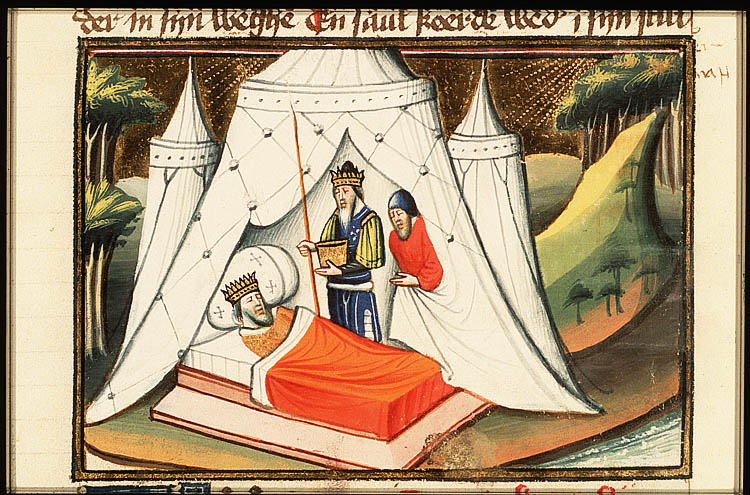Intro to Thematic Research Guides
A thematic archival research guide is an introductory guide to archival material, structured around either one or many archival collections. Their main targets are early career researchers or historians who are starting new research projects. However they will also be of interest to librarians, archivists, and scholars.

The subjects follow the strong transnational, comparative, and multilingual aims of the CENDARI project, and present primary sources from different geographic areas and countries, include both archival and library resources and, when possible, present primary sources in a variety of languages.
Archival Research Guides are created in the NTE (Note Taking Environment). They present selected research topics on the World War One and medieval eras and cover select transnational historiographical topics. Topics were chosen by CENDARI researchers according to their own relevant expertise. Apart from providing a thematic introduction to collections in a transnational, comparative and multilingual framework, they enable digital access to archival holdings and multimedia content extant in the Archival Directory as well as collections not in the Directory itself. Thus users will be able to research transnational themes and access dispersed and ‘hidden’ collections.
Structure of an Archival Research Guide
The CENDARI Archival Research Guides have the following structure :
- Title, Authors, Abstract
- Introduction: This section introduces the topic, and places it within the current historiographical framework, and often explains the methodology used in the creation of the ARG
- Major Research Questions
- Primary Sources: This section lists relevant collections and records available in archives, museums and libraries, organised by country Secondary sources: This section lists all relevant historiography on the subject Additional sources: This section lists material that does not fall into the two categories mentioned above.
- Secondary sources: This section lists all relevant historiography on the subject
- Additional sources: This section lists material that does not fall into the two categories mentioned above
Why use an Archival Research Guide?
The guides present a large selection of primary sources on the subject, along with a wide selection of secondary sources to assist you in understanding the current historiography of the subject, facilitating the retrieval of archival resources. Research can see which users have linked their projects to a specific guide, which might assist you in finding fellow scholars in the field, and discover what current research is being undertaken in relation to that subject. Strengthening the use of ‘unknown’ or little used collections is a core aim of the CENDARI project. Scholars will also be able to add archival holdings and relevant materials to each Archival Research Guide, along with upgrading content according to their specialty.
Another purpose of the Archival Research Guides will be as a teaching tool for undergraduates. A lecturer can present the Archival Research Guides as both a tool to find digitised archival resources and as a platform for collaborative work on a historiographical subject. Students can share resources (referencing them to the relevant archive or library), comment and contextualise the archival resources found on both the Internet and in the CENDARI Archival Directory. Finally, apart from contributing to the already existing guides, you will be able to create your Archival Research Guide. This will help scholars organise and share text and archival collections on their chosen subject of research, along with finding relevant archival collections from other researchers’ guides.
There are no restrictions on the use of Archival Research Guides, so users can discover new and creative ways to enhance their research.
CENDARI Get Started
Access training resources such as video, documentation and user guides


